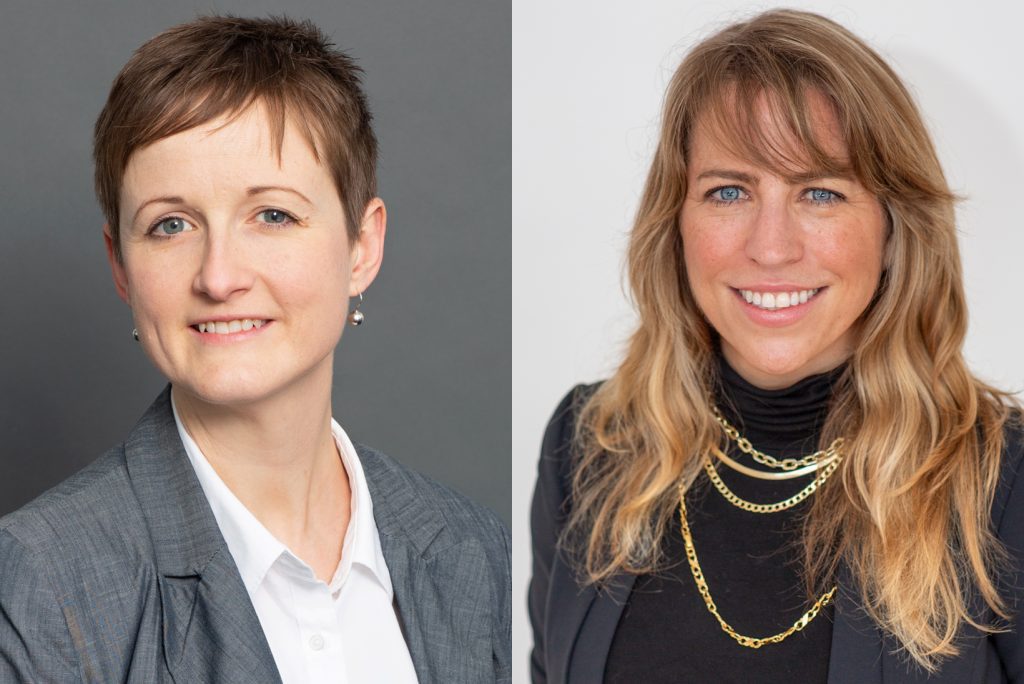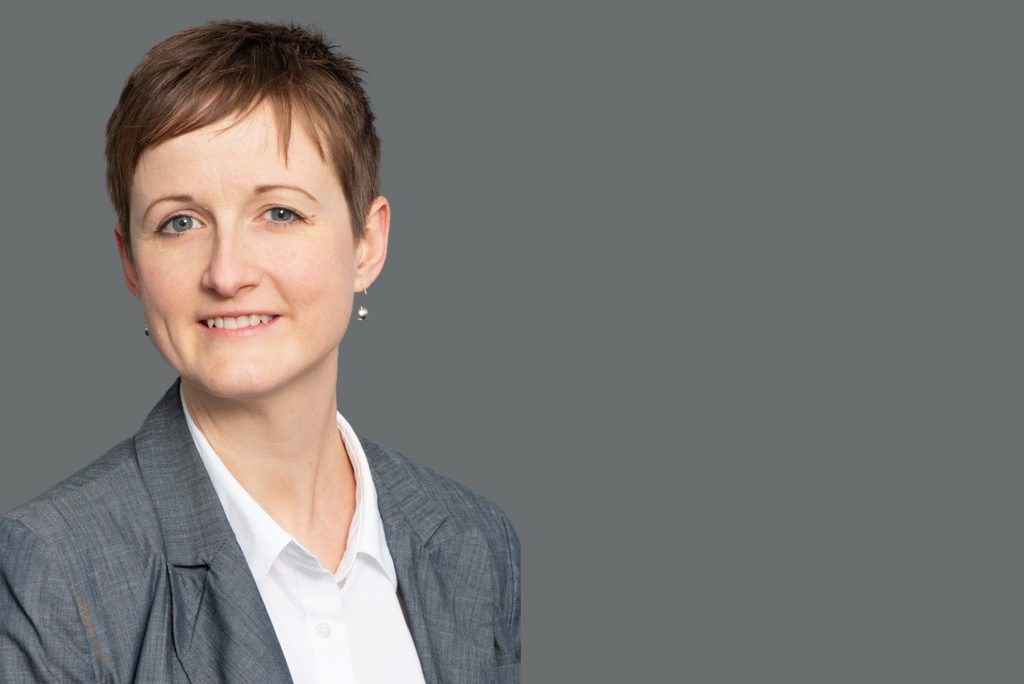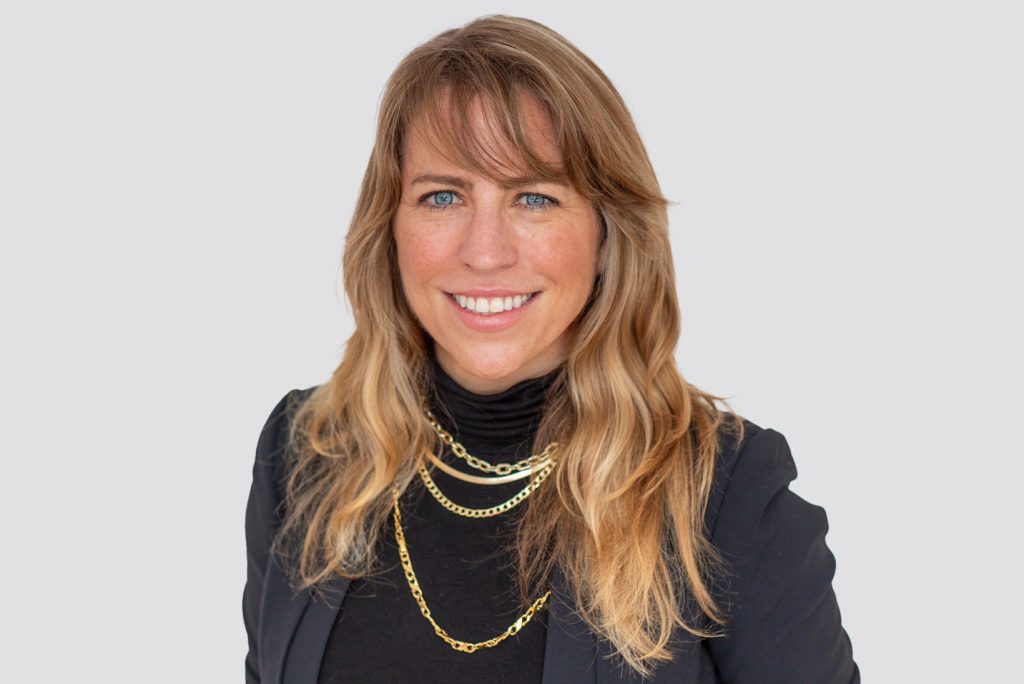July 22, 2024
As a concept, sustainability commands attention – those 14 letters stitched together and scattered across countless boardroom presentations and executive addresses.
From Brisbane to Barcelona, Seoul to São Paulo and everywhere in-between, organisations are competing for pole position. Boldly taking action as industry pioneers and thought leaders, fighting to set new standards ahead of the chasing pack.
For many in the B2B world, being first is everything. To achieve this, businesses must be fast and based on history, will likely be friendless.
“Sustainability is a marathon without a finish line,” countered Anna Timme, Head of Sustainability for Secure Power and Data Centres at Schneider Electric.
“We’re setting ambitious targets that we don’t always know how to reach. But we’re working on how to reach them and as soon as we figure that out, the target needs to have already changed into something we can’t yet reach. That’s the nature of sustainability.”

Timme’s considered assessment strikes at the heart of the sustainability agenda – this isn’t a race, nor is it a solo pursuit.
Undoubtedly, time is of the essence and forward momentum is critical but companies should not mistake the need for urgency as a command to blindly sprint towards the finish. There is no finish and the rules of the game have changed.
“CIOs are still very much focused on operational emissions versus embodied carbon and Scope 3,” Timme added.
“It’s coming but CIOs have the direct responsibility of managing the IT infrastructure of a company so the priority still remains around tracking where assets are and how much those assets are consuming – then moving that onto renewable energy.”
Scope 3 represents the next iteration of industry progress, explained Timme.
“It’s perfectly appropriate for CIOs to start with operations before moving onto Scope 3,” she said.
“There’s an element of stating the obvious here but regulation is going to continue increasing. Not only in terms of quantity but also, there’s disharmony to it because different requirements are being asked in different regions.”
Despite varying degrees of market maturity, Timme shared that “full recognition” exists within the industry that the current approach to sustainability is now “table stakes”.
“Moving forward, any company with a solid view on the future of their business will know this,” Timme clarified. “Sustainability is not something that a company can just turn on today, for tomorrow. It’s a capability that has to be built.”
Supporting global efforts on the building of such capability is the iMasons Climate Accord, a coalition united on carbon reduction in digital infrastructure.
Launched by the Infrastructure Masons in 2022, the organisation has mobilised a community of more than 250 members spanning data centres, networks, cloud computing, energy and cyber security. The Climate Accord Governing Body includes Amazon Web Services (AWS), Digital Realty, Google, iMasons, Meta, Microsoft and Schneider Electric.
Members are working towards industry-wide adoption of an open standard to report carbon power, materials and equipment to create a common maturity model to report progress.
“Sustainability is challenged by resources,” Timme explained. “Organisations haven’t always built capabilities internally or are in a position to outsource and that remains one of the biggest barriers to progress.”
Within that context, the iMasons Climate Accord is calling on all suppliers serving data centres to support greater transparency in Scope 3 emissions as part of broader efforts to reduce the industry’s carbon footprint.
An open letter explains the importance of widespread adoption of Environmental Product Declarations (EPDs), which are standardised, third-party-verified documents reporting the embodied emissions of a product.
EPDs outline the greenhouse gas emissions of a product through its entire lifecycle, from the raw materials in the product – for example, how they are extracted, transported and processed – to manufacturing, transportation, product use and product end-of-life, which includes landfill, recycling and repurposing.
“All of our customers already have supplier engagement programs and ask different things of their suppliers,” Timme noted. “But the more variation in the requests from customers, the more resources required for companies to invest in. That’s to simply build capabilities to respond to one request.”
Hence the open letter, signed by Schneider Electric and Digital Realty in alignment with hyperscalers AWS, Google, Meta and Microsoft.
“They all have the same request,” Timme said. “That means the supply chain – whether large companies like Schneider Electric or smaller players – can now prioritise what to build in terms of capabilities. We now know this capability will answer the needs of everyone.”

Regardless of company association, Timme stressed the importance of alignment and collaboration in sustainability.
“At Schneider Electric, we’re very dedicated to capability building,” Timme added. “We’re perfectly aware that we’re enabling the capability building of our competitors but that’s essential to the essence of Scope 3. Everyone has to do this together and if everyone does this together, it will benefit us as well.
“We are very mature in this space so if we can open our books and share how we are approaching sustainability, hopefully that’ll enable others to do the same. This open letter is the first step on that journey.”
In short, Timme is aligned to the belief that the issue of sustainability rises above standard levels of industry competition and therefore, traditional approaches to success.
“As sustainability professionals, the last thing we want is for companies to invest and spend money devising a different version of a solution for 10 different customers,” Timme cautioned. “That money and effort is much better spent on decarbonising, not building programs to calculate carbon in 10 different ways for 10 different customers.”
Decarbonising digital infrastructure
While common in select business sectors, a lack of widespread EPD adoption exists in the data centre space.
The open letter is designed to demonstrate a “significant push” forward from the world’s largest hyperscalers and digital infrastructure companies to drive “meaningful change” across the industry, working in partnership with “trusted suppliers”.
“EPDs are crucial in transforming the future of digital infrastructure to be more resilient and climate positive,” said Miranda Gardiner, Executive Director of iMasons Climate Accord.
“The adoption of EPDs within the global supply chain fosters both sustainable and accountable outcomes. As standardised and verified data provides a layer of transparency, this initiative supports a collective approach to reducing our carbon emissions and environmental footprints.”
For Gardiner, it remains “essential” to ensure the digital infrastructure industry decarbonises as it grows.
According to new research by Infrastructure Masons – State of the Digital Infrastructure Industry in 2024 – data centre inventory is growing rapidly across Asia Pacific. Today, Tokyo, Sydney and Singapore each house more than 500 MW of live capacity.
As demand increases across public and private sectors – fuelled by increased appetite in digital transformation projects – supply and demand patterns are emerging, notably in Southeast Asia.
Singapore currently has less than 2% vacancy, given that the city-state has a limited power supply and high sustainability requirements. This has pushed the industry to neighbouring markets, including Johor in Malaysia and Batam Island in Indonesia.
Based on the data, “robust demand” is expected across the region for the foreseeable future, which will spur continued development among colocation providers for cloud service providers and enterprises.
“Getting into the nuances of each market is key because they can be very different,” Gardiner said.
“In emerging markets, companies are trying to get online quickly and something such as Scope 3 could actually deter from the growth that is required to meet the capacity or demand needs in a specific market.”
In other words, the devil is in the detail.
The signatories of the Governing Body’s open letter all have net-zero carbon emissions commitments in place to address individual responsibility in mitigating data centre carbon emissions. Deadlines range from 2025 to 2040, which is at least 10 years ahead of the Paris Agreement.
Across the board, hyperscalers have implemented strategies to reduce and/or mitigate Scope 1 and 2 emissions.

As they seek to reach net-zero carbon emissions in the coming years, solving the next piece of the sustainability puzzle lies in reducing Scope 3 emissions, which can represent anywhere from 38-69% of data centres’ total carbon footprint.
Scope 3 emissions are not produced by the company itself; rather, they include the indirect emissions throughout the value chain.
Access to the critical information in EPDs allows data centre owners, operators and end-users to calculate environmental impact and choose products – such as servers, cooling systems, uninterruptible power supplies (UPS) and services based on lower Scope 3 emissions – best aligning with sustainability targets.
“The focus on EPDs is very relevant because of the reporting and regulatory environment today,” Gardiner outlined. “It’s the Wild West out there, for lack of a better term.”
As noted in the open letter, members would like vendors to understand that:
In addition, the ICA members listed below advocate and urge vendors to:
“To enable the digital infrastructure industry to align with net-zero emissions goals, carbon emissions must be a fundamental consideration in procurement decisions,” Timme added.
“Promoting industry-wide adoption of EPDs is a critical step in enabling carbon-informed decision making. Schneider Electric has been dedicated to publishing EPDs since 2008, and we are excited about the significant impact that industry adoption will have as we collectively progress toward net-zero.”
Building on this, AWS is committed to reaching net-zero carbon emissions across all operations by 2040, primarily by investing in carbon-free energy, scaling solutions and collaborating with partners to broaden impact.
“We support the iMasons call for suppliers to adopt the use of EPDs,” said Eric Wilcox, Vice President of Data Centre Engineering at AWS. “Doing so will provide greater transparency in Scope 3 emissions embodied in equipment and help accelerate the overall industry’s efforts to reduce its carbon footprint.”
Meanwhile, Microsoft has committed to becoming carbon negative by 2030 and removing all greenhouse gas emissions produced since the company’s founding by 2050.
“By joining our peers in promoting sustainability and using digital innovation to drive progress, Microsoft is helping to create a more sustainable future for all,” added Shirin O’Connor, Corporate Vice President of Data Centre Engineering, Procurement and Construction at Microsoft.
In line with Google’s commitment to open standards – plus a company-wide goal to achieve net-zero emissions across all operations and value chains – the technology giant also supports industry-wide adoption of EPDs, considered a “crucial lever” in the low-carbon procurement of digital infrastructure.
“Google is excited to help accelerate solutions that drive progress toward a more sustainable, transparent data centre industry,” noted Joe Kava, Vice President of Global Data Centres, Google.
Rounding off the hyperscaler viewpoint is Meta, an organisation with plans in place to reach net-zero emissions across its value chain in 2030.
“We join our peers in calling for greater transparency in the data centre supply chain to better understand the embodied carbon of the infrastructure that underpins our operations,” shared Rachel Peterson, Vice President of Infrastructure Data Centres at Meta.
“These declarations will play an important role in accelerating decarbonisation efforts for the data centres of tomorrow.”
Inform your opinion with executive guidance, in-depth analysis and business commentary.